Peonies "Lollipop": description of the variety and the subtleties of its cultivation
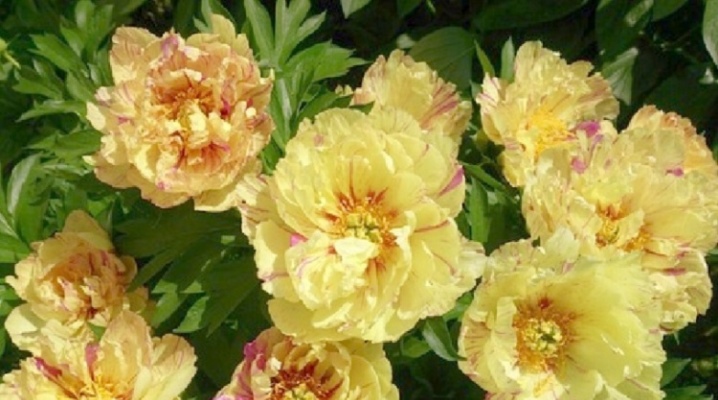
Peonies are truly one of the most beautiful flowers to grow in your home garden. However, the most luxurious of these are the hybrid varieties that look very exotic. In this article, we will take a closer look at the description of the variety of peonies with the sweet name "Lollipop", which means lollipop, get acquainted with the intricacies of growing this variety and some other recommendations from flower growers.
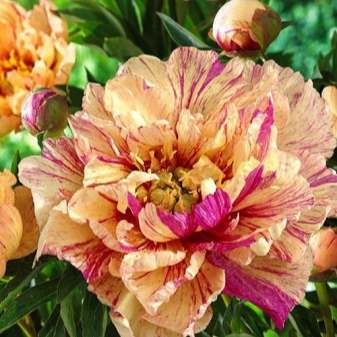
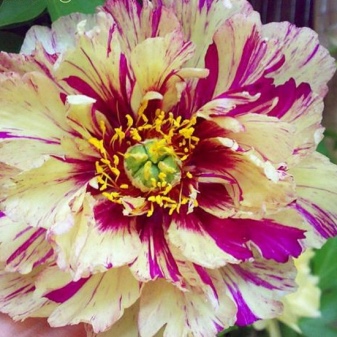
Peculiarities
The variety of peonies "Lollipop" is not for nothing that received such a name, because the flowers of the plant really look like sweet sweets. The petals of this variety are terry, have a double striped color.
Many growers prefer to purchase this particular variety of peonies, since it is very colorful. Juicy shades of pink, red, yellow and their combinations always captivate fans of varietal peonies.
The variegated flowers are suitable for greenhouse cultivation, as well as for growing in normal soil.
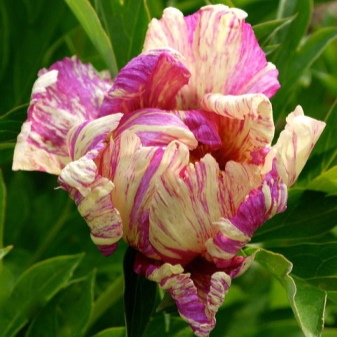
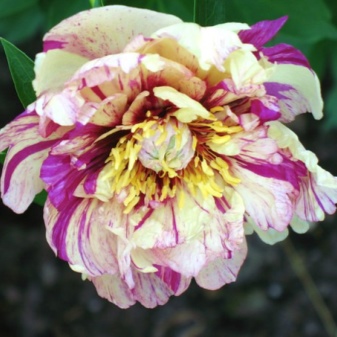
It is believed that this hybrid plant was developed in the 90s of the last century. The Lollipop bush grows rather large and rounded, reaching almost 80 centimeters in height. Flowering usually begins in late May - early June. On one bush, many lateral buds can form, which will delight for a long time. The flowers themselves reach 15-17 cm in size.
This variety is resistant to changing weather conditions. According to some reports, it can survive even severe frosts down to -35 degrees and wind. When blooming, peonies emit a subtle, but at the same time very pleasant aroma.
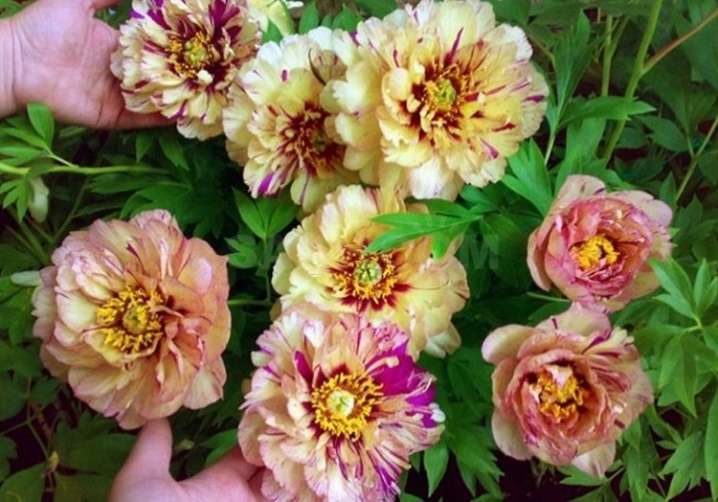
Planting and transplanting
In order for Lollipop peonies to grow healthy and bloom as they should, for a start it is very important to choose the right place for planting them. Of course, greenhouse conditions are always welcome. However, if there is a desire to plant plants in a flower bed or in ordinary soil in the garden, then it is best to give preference to a penumbra area where there is no scorching sun. Although the plant itself is light-loving, it is not worth planting it in the shade at all.
It is not bad if the soil is loamy with neutral acidity.
If there is a feeling that the soil is not like that, then peat, humus, sand and wood ash can be added to it. So it will become optimal for growing varietal peonies.
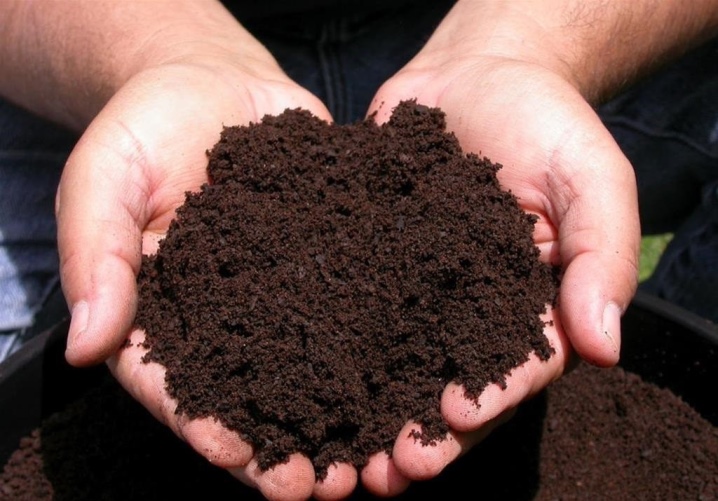
Peonies should be transplanted at the end of the summer season or in the fall. It is undesirable to replant plants in the spring. This period is considered unfavorable. The depth of the holes for planting or transplanting plants should be approximately 60-70 cm.The distance between future bushes should be approximately 1.5 m.
It is advisable to put some sand, gravel or rubble at the bottom of the plant holes. Thus, you can thoroughly prepare the soil, saturating it with everything necessary for the further growth of plants. Usually such a layer of "filter" is laid out 15 cm. And organic fertilizers are usually placed in the hole, it is best to use special store options. Or you can combine compost and humus in equal proportions. Then the land should be left for several days, ideally for 7-10, and only then start planting peonies.
Peonies grow best only in prepared soil. However, it is worth noting that they should not be planted very deeply, they may disappear, or the plant will produce abundant greenery, while not blooming at all.The peony root should be very carefully placed in the soil and also carefully sprinkled and tamped.
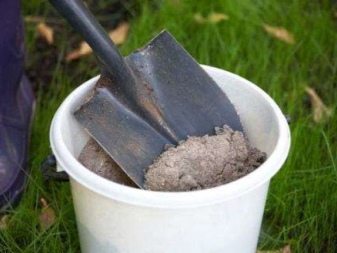
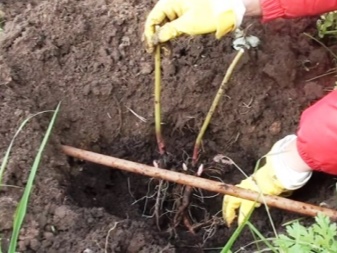
Follow-up care
Do not be afraid that in the first year after planting the plants may not bloom. For peonies this is normal, we can say that they are experiencing a kind of stress. However, with proper care in all subsequent years, the situation will change radically, and peonies will delight with their luxurious variegated flowers.
- It is very important to ensure that the peonies do not dry out in any way. If peonies are grown in large pots, then it is recommended to bring them into a warm room for the winter season, otherwise many of them may not survive the winter.
- Watering the peonies should be abundant, but moderate. Do not overfill the plants, they can start to rot.
- Top dressing should be purchased balanced, suitable for just this kind of plants. Manure is highly undesirable, despite the fact that it is good for many plants. Along with it, you can bring insects and other pests.
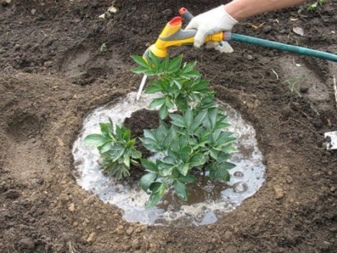
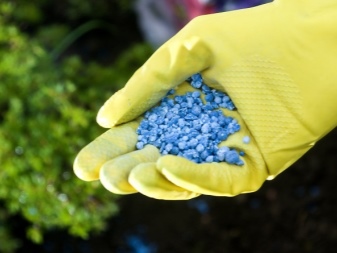
At the end of flowering, which usually occurs in June, the peony shoots should be cut off, and finishing feeding should be carried out. In the future, until the end of the season, it remains only to water the plants so that they do not dry out. Full pruning of the plant should be done just before frost.
In this case, all stems should be removed, just not too low, leaving a few leaves.
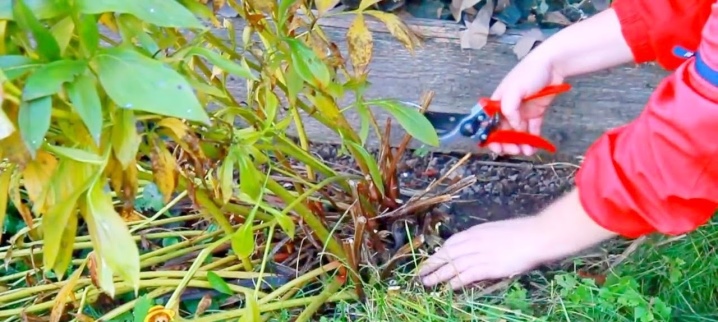
Potential diseases and pests
Usually, peonies can get sick with gray mold, powdery mildew, rust and some other diseases, which are characterized by a change in the color of the leaves, the appearance of heterogeneous spots of different colors on them. As a rule, diseases occur as a result of a lack of any nutrients or when they are in excess. Reproduction on a peony of a fungus and rotting of a plant are very often associated with overflow of a plant.
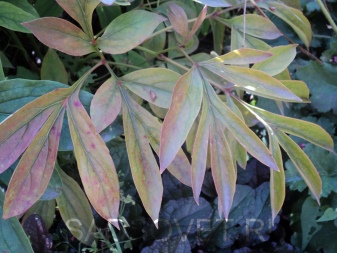
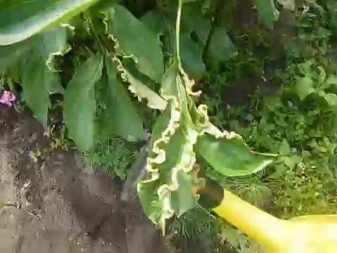
To get rid of plants from diseases, it is recommended to change the dressing, reduce watering and use special means to treat them. When attacked by insects and pests, insecticides can be used.
Care for peonies before flowering is described in the next video.







































































































The comment was sent successfully.